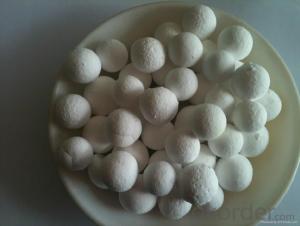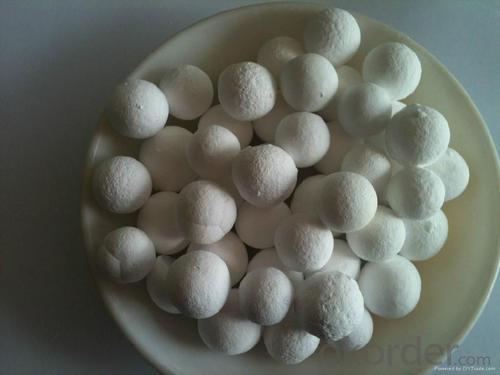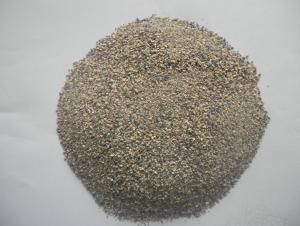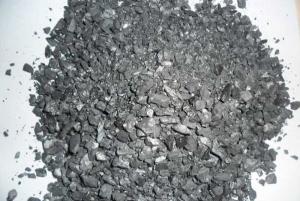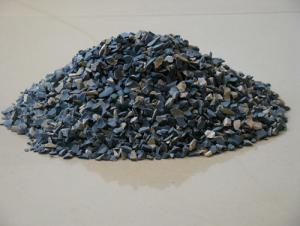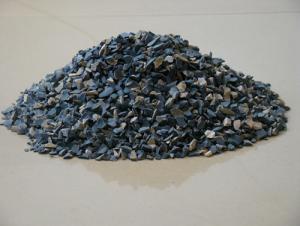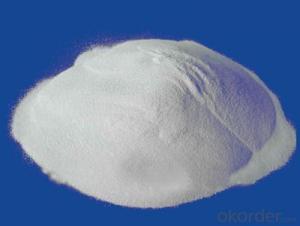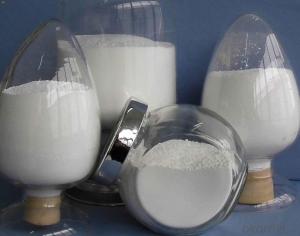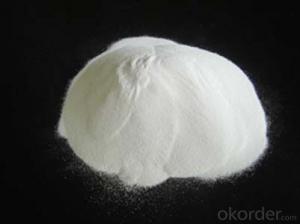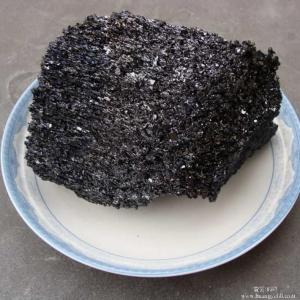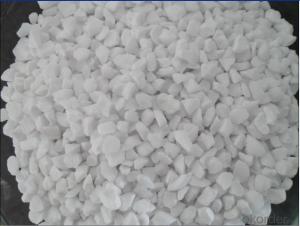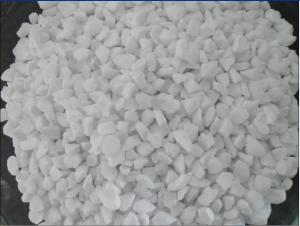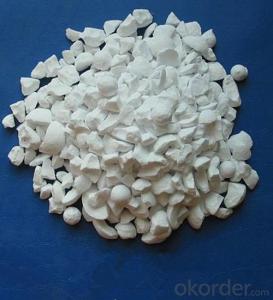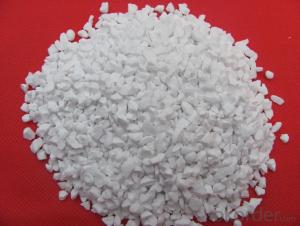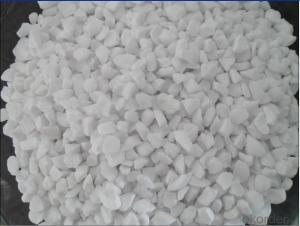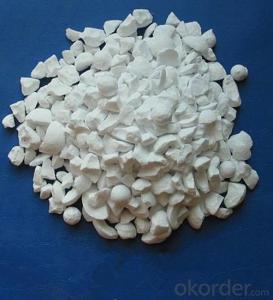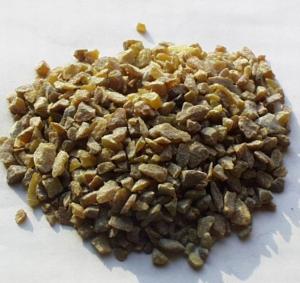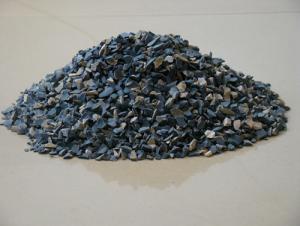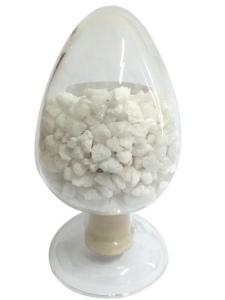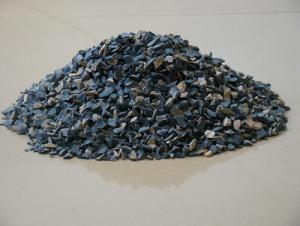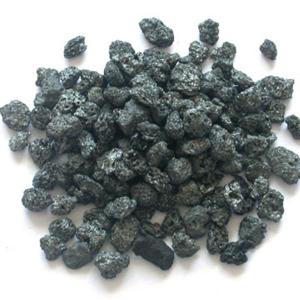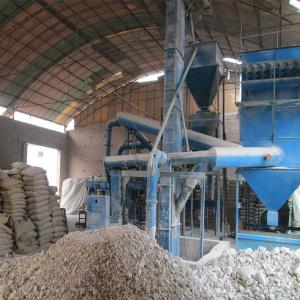High Quality Tabular Alumina TA Raw Materials for Refractory
- Loading Port:
- Tianjin
- Payment Terms:
- TT OR LC
- Min Order Qty:
- 0 m.t.
- Supply Capability:
- 20000 m.t./month
OKorder Service Pledge
Quality Product, Order Online Tracking, Timely Delivery
OKorder Financial Service
Credit Rating, Credit Services, Credit Purchasing
You Might Also Like
Tabular Alumina TA
Feature
Good corrosion resistance
Excellent thermal shock resistance
High purity
High single particle strength
Table
| NO. | Tabular Alumina Size | Al2O3 % | Na2O | MgO | Fe2O3 | CaO | Grain density g/cm3 | Apparent porposity % | Water Absorption % |
| 48 MESH | 48 mesh(0.0-0.3mm) | 99.2% min | 0.4% max | 0.1% max | 0.09% max | 0.15 % max | 3.55 min | 5% max | 2% |
Feature
Good corrosion resistance
Excellent thermal shock resistance
High purity
High single particle strength
Pictures
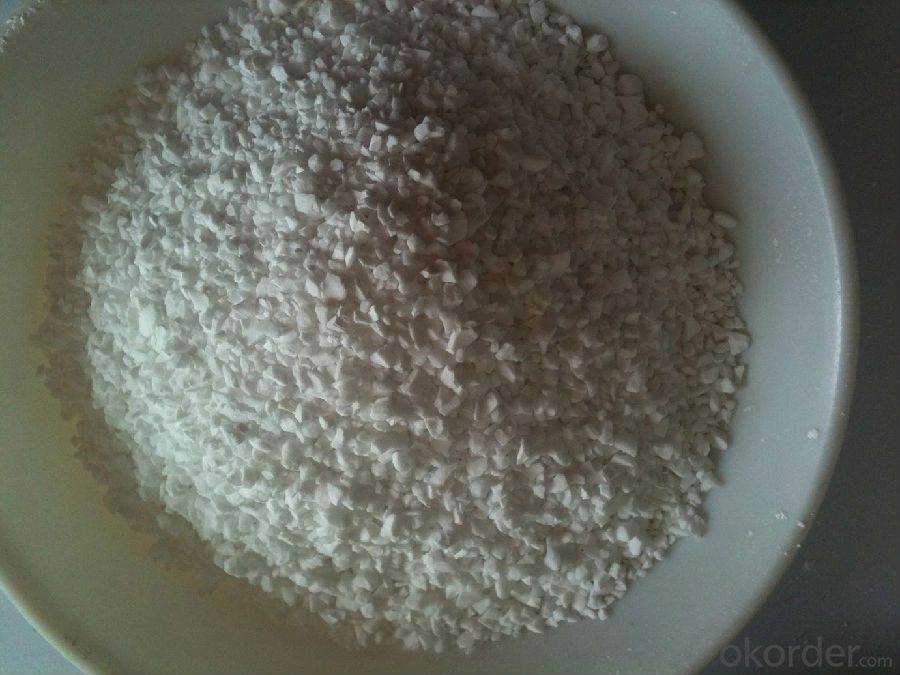
- Q: What requirements should refractory materials meet?
- The operating temperature of forging furnace is above 1000, which can ensure the normal operation of the furnace, prolong the life of the furnace and save energy. General requirements for refractories are as follows. 1 They should deform at a sufficient temperature without melting. 2, They should have necessary structural strength without softening and deforming. The volume should be stable at high temperature without expansion, contraction or cracking. 4, They can resist erosion of molten metal, slag, gas and other chemicals.
- Q: what's the varieties of fire-proof?sealing?material?
- ATD-AB, organic fire-proof caulking, fire retardant bag, fire retardant net, fire retardant ring, fire barrier wrap, fireproofing sealing strip, flexibility fireproofing coiled material, fireproof glue, etc., fireproofing sealing materials currently on the market can be divided into two types, one is the traditional type: flexible organic caulking, WXY-II, fire retardant bag, fire?bulkhead, cable refractory coating; there are some new materials used in large-scale projects: fireproofing coating board system (fireproofing coating board, intumescent fireproof sealing tape, elastic fireproof sealant, Waterborne Fire-retardant Coating), fire retardant module system (fire retardant module, sealing gum, cable refractory coating), fireproofing plaster system (fireproofing plaster, sealing gum, cable refractory coating).
- Q: The primary problem, does the gas permeable brick is fired refractory bricks(refractory) ?
- gas permeable brick have two types:built-in type and external mounted type. the built-in gas permeable brick and the external mounted gas permeable brick are usually made by fire burning, and small part of bricks are made by the low temperature heat.
- Q: What's the maximum temperature that the refractory ceramic fiber cloth can endure?
- It depends on the composition of the ceramic material. If its composition is alumina and it is used by civilians, its normal use temperature is 1200℃; if its composition is alumina but it is for millitary use, it can endure the highest temperature of 2200℃.
- Q: What do refractory materials include?
- What refractories are included? Refractories include AZS brick, corundum brick, direct-bonded?magnesia-chrome, carborundum brick, silicon nitride bonded silicon carbide brick, non-oxide refractory materials such as nitride, silicides, sulfides, borides and carbides, oxidation calcium, chromium oxide, aluminum oxide, magnesium oxide and beryllium oxide.
- Q: Does anyone know fire-proof material of fireproof wooden door?
- Fireproof wooden door goes through the flame treatment, so it can prevent fire. Its principle: Fire-retardant treated timber has become flame retardant material itself and its fire endurance has increased. The commonly used method of fire retardant treatment for timber including: Spraying method, soaking method, boiling method, vacuum method, vacuum-pressure method.
- Q: What are the components of refractory clay?
- The component of refractory mortar comprises refractory powder, binders and admixtures. Almost all the refractory materials can be used as the powder to formulate refractory mortar. Ordinary refractory mortar is made from refractory chamotte powder, an appropriate amount of plastic clay as binding agent and plasticizer. It has low strength under normal temperature, but the ceramic formed under high temperature has a high strength. Refractory mortar which is formed with bonding material of hydraulicity, gas or thermal hardness is called chemical binding chamotte refractory mortar. It is hradened through chemical reaction before below the temperature of ceramic bonding formation.
- Q: who knows the technology of fireproofing material?
- First: Firstly, you should produce the recipe and prepare the raw materials, for example, if you prepare to produce 1 ton, you should compute the recipe sheet of 1 ton producing; check whether the raw materials are complete; second: make the color and filler thick liquid; add water in order and proper auxiliary in a low speed, then put color and filler (generally we should firstly add something with large oil absorption), wash the meachine after putting the powder. Then seperate them for about 20 miutes in a high speed, until the fineness is qualified; of course, if you need sander, i think you only need sino-soviet differential powder material and non-obvious particles. Third: Paint mixing period: after making the color and filler thick liquid, reduce the roll speed into about 600 roll per minute, add emulsion and proper auxiliary, finally adjust PH and viscosity. Liquid solvent paint, pigment paste: Resin,solvent and pigment ---〉pre mixing---〉stick---〉grinding--〉stick--〉packaging, highlight varnish: Resin, solvent ----〉mixing ----〉stick ----〉packaging, sub-gloss varnish: Resin, solvent----〉mixing----〉matting agent,stick----〉packaging, colored?paint: The primary colorant----〉Color matching by auxiliary color paste----〉stick----〉packaging, aluminum?paint: Aluminite powder soaking----〉resin----〉colour modulation, lustre adjusting----〉stick----〉packaging, powder coat: Resin,filler,pigment,auxiliary---〉mixing---〉extrusion---〉cooling---〉smashing---〉sieving---〉 packaging.
- Q: What's the A grade fireproofing material?
- A grade fireproofing material: 1. fire-proof plate; 2. fireproof wooden door; 3. fireproof wooden window frame; 4. fire resisting shutter; 5. fireproof and mothproof wood; 6. fireproof glove compartment; 8. fire?retardant?coating; 9. fire-proof?sealing?material.
- Q: What kinds of refractory materials that can resist 3,000 Celsius degree?
- steel fiber reinforced spalling resistant bricks, phosphate bonded high alumina brick with high strength and wear-resistance, and high R.U.L bricks and composite bricks
Send your message to us
High Quality Tabular Alumina TA Raw Materials for Refractory
- Loading Port:
- Tianjin
- Payment Terms:
- TT OR LC
- Min Order Qty:
- 0 m.t.
- Supply Capability:
- 20000 m.t./month
OKorder Service Pledge
Quality Product, Order Online Tracking, Timely Delivery
OKorder Financial Service
Credit Rating, Credit Services, Credit Purchasing
Similar products
Hot products
Hot Searches
Related keywords
